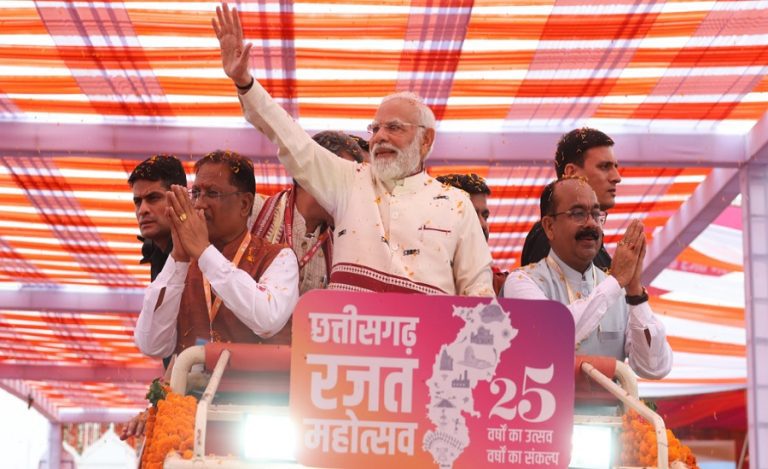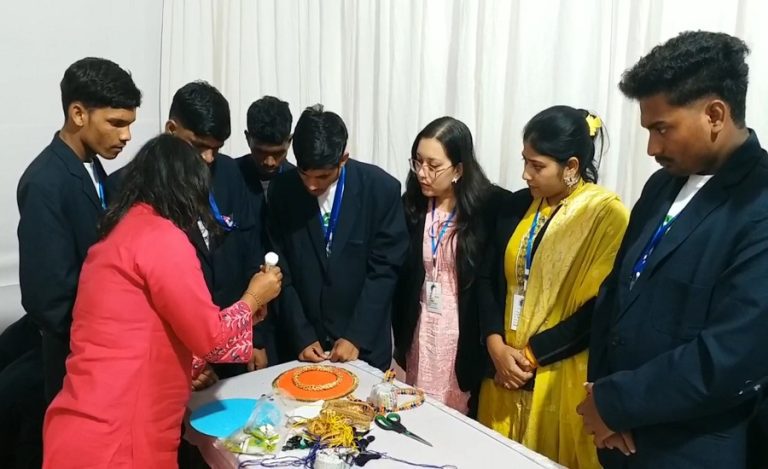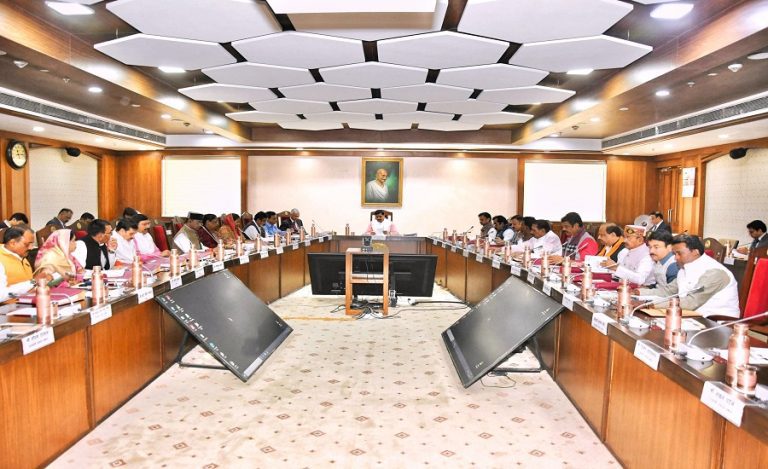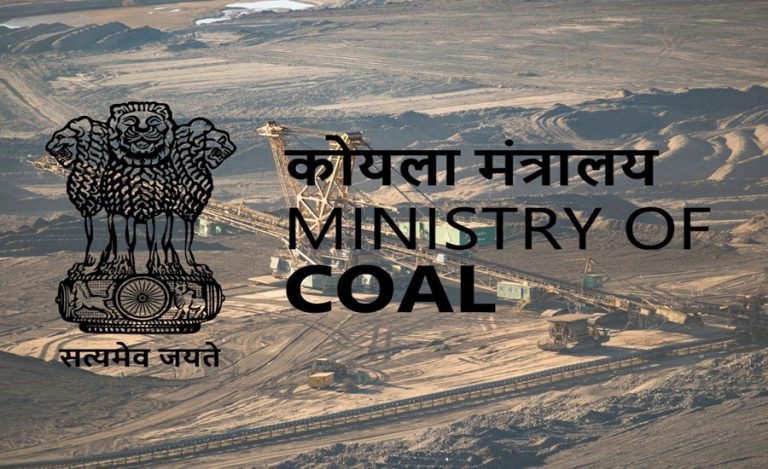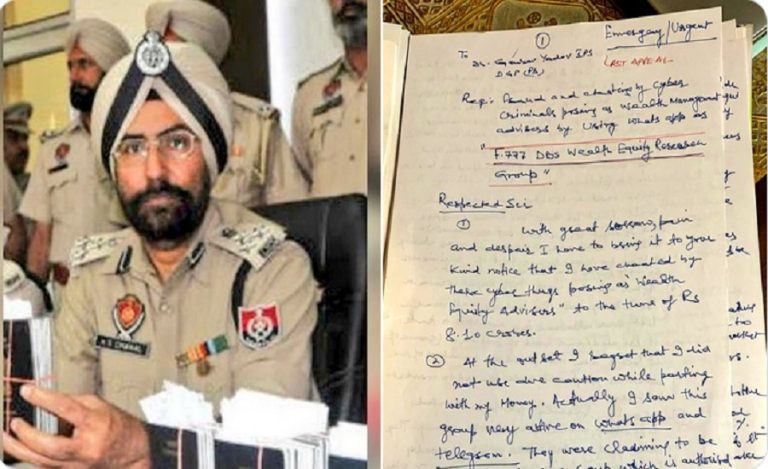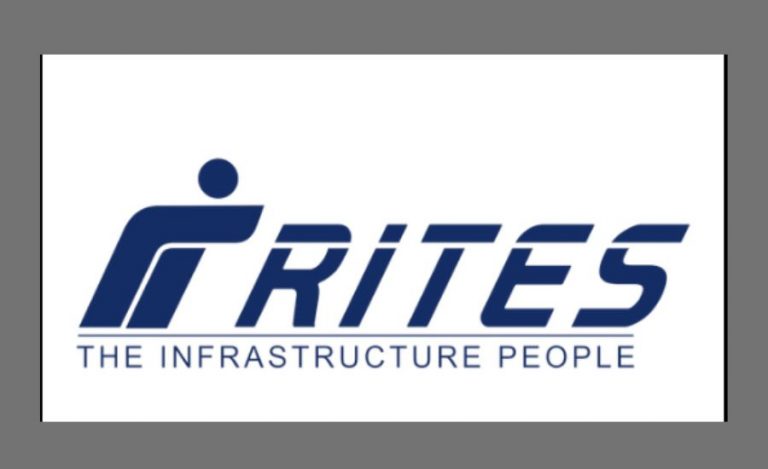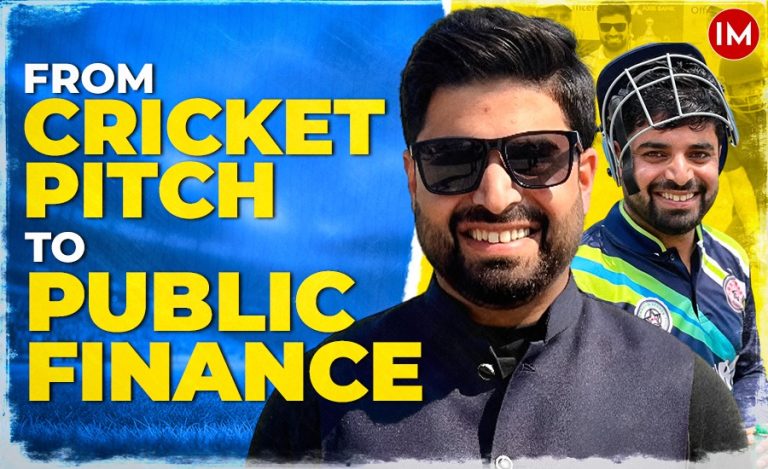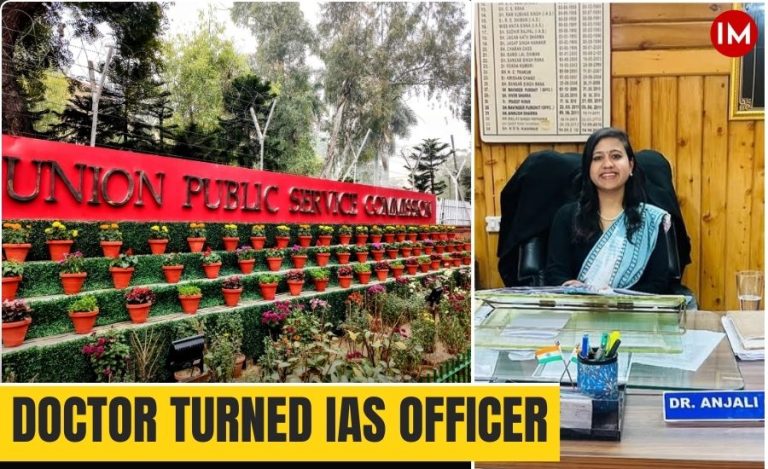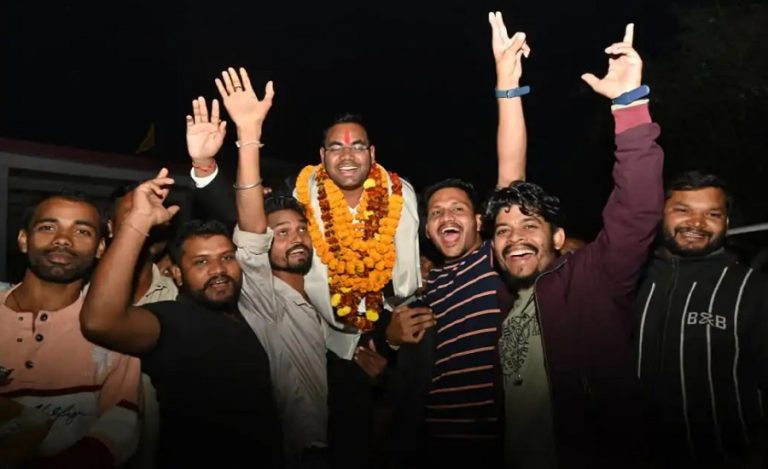New Delhi: Union Minister Jitendra Singh clarified on Wednesday that the Modi government has not abandoned the lateral entry scheme for recruiting professionals into senior positions within the government. Speaking at a press conference marking “11 Years of Seva and Transformative Governance,” Singh reaffirmed the administration’s commitment to the policy.
“We are still open to it (lateral entry recruitment). It is not being abandoned,” said Singh, who holds the portfolio of Minister of State for Personnel.
Lateral Entry Not a New Concept, Says Singh
Refuting criticism that lateral entry was a recent or politically motivated initiative, Singh said, “The most famous lateral entry in the Government of India since 1947 has been that of Dr. Manmohan Singh, who eventually became Prime Minister.”
He also cited Montek Singh Ahluwalia, former Deputy Chairman of the Planning Commission, as another prominent example.
Mr Singh underlined that the current government only sought to formalise the process by involving the UPSC, ensuring transparency and structure.
UPSC Withdrawal Sparked by Political Controversy
In August 2024, the Union Public Service Commission (UPSC) had issued an advertisement for the recruitment of 45 lateral entrants – including 10 Joint Secretaries and 35 Directors/Deputy Secretaries. However, the notice was later withdrawn after opposition parties objected to the move, alleging that the recruitment bypassed reservation norms for SC, ST, and OBC categories.
Despite the withdrawal, Singh emphasized, “We are open to it… It has not been suspended.”
Quota Misuse Cases Under Scrutiny
On the issue of quota misuse, AP Das Joshi, Additional Secretary, Department of Personnel and Training (DoPT), said that one case is currently under investigation, though most complaints have not revealed wrongdoing.
The case follows the controversial removal of Pooja Khedkar, a former IAS probationer accused of misusing OBC and PwBD (Persons with Benchmark Disabilities) quotas.
“We have tightened mechanisms for scrutiny post the Khedkar case. Most complaints did not reveal negative findings, but one case is still under probe,” Joshi added.
Reform-Driven Governance Under PM Modi
Singh used the occasion to highlight the Modi government’s focus on administrative reform and simplification.
“For the first time since Independence, a government has taken pride in doing away with redundant rules rather than creating new ones,” Singh said, noting the repeal of over 1,600 obsolete laws, many dating back to the colonial period.
He also highlighted that over 19,000 long-pending promotions had been cleared in recent years as part of the government’s push to blend “technology with compassion.”
Efficient Grievance Redressal Mechanism
Singh said that the Centralised Public Grievance Redress and Monitoring System (CPGRAMS) now handles over 2.6 million citizen complaints annually, with a resolution rate of 95–96%.
CPGRAMS is an online system that allows citizens to lodge complaints regarding services and departments under the Central Government.
“We combined human concern with technology to create solutions that respect the dignity of individuals,” Singh concluded.
What is Lateral entry in Bureaucracy?
Lateral entry in bureaucracy refers to the practice of recruiting individuals from the private sector, academia, or public sector organizations into mid-to-senior level positions within the government, typically on a contractual basis. This approach aims to bring in specialized knowledge and fresh perspectives to enhance governance and address complex policy challenges


